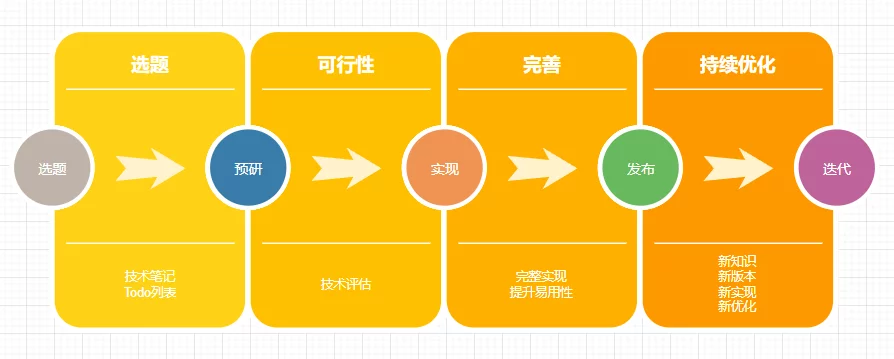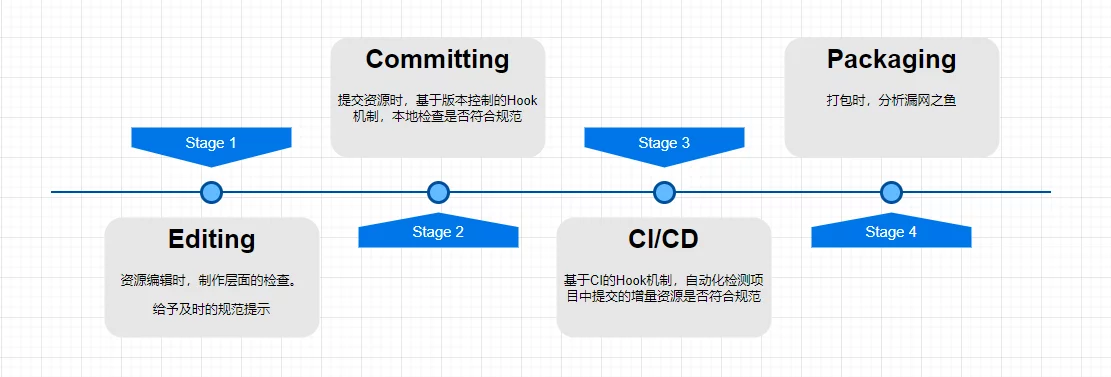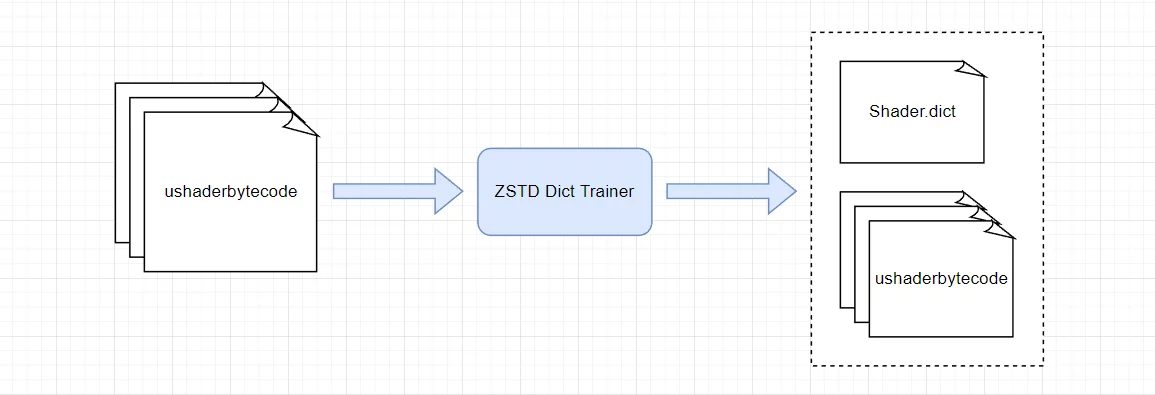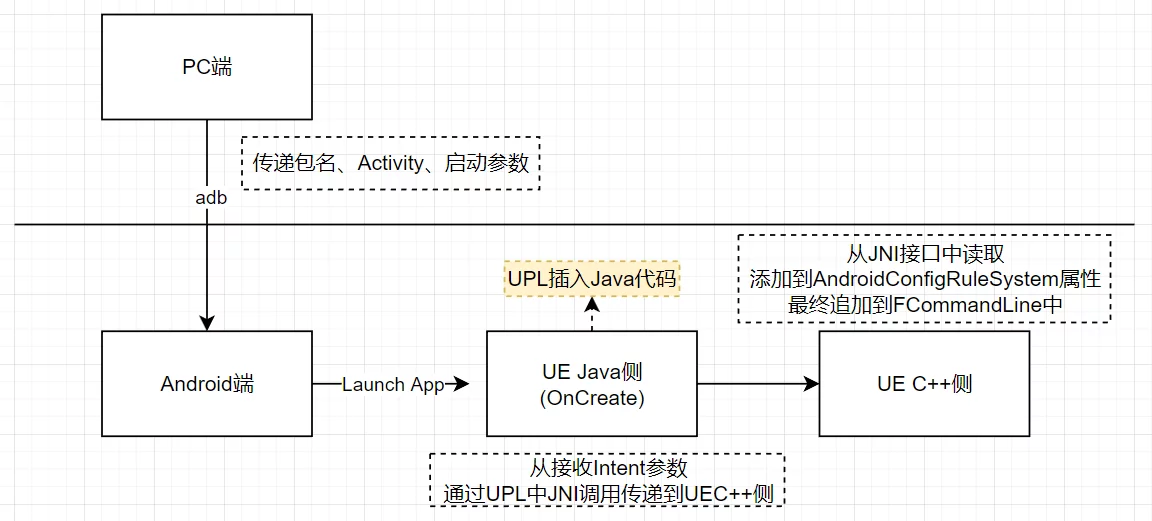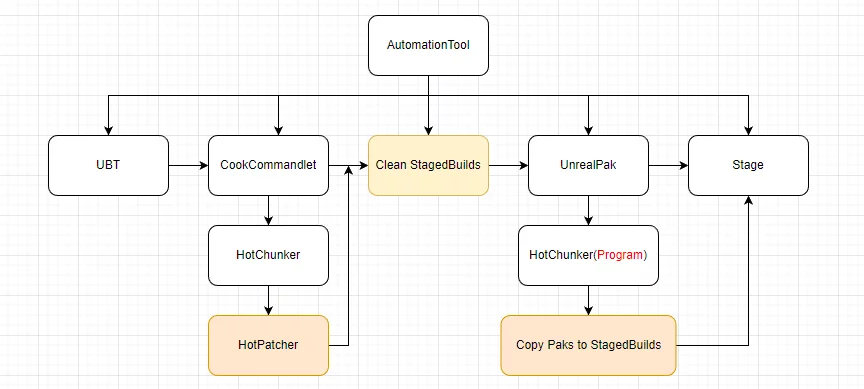
UE’s default resource management is relatively complex. By default, the resource packaging process is executed based on the configurations of maps, directories, and PrimaryAsset specified in ProjectSetting, as well as a combination of condition checks. Furthermore, UE’s Cook dynamically adds resources to the package based on runtime loading, making the resource packaging process almost a black box.
The blog introduces articles on default resource packaging rules and basic package splitting:
This article presents a new idea, utilizing HotPatcher‘s precise Cook and packaging mechanism to implement a HotChunker Mod that can perform non-intrusive, direct reuse of UE’s default packaging process and clearly split the basic package. This article will specifically introduce the usage and implementation principles.
